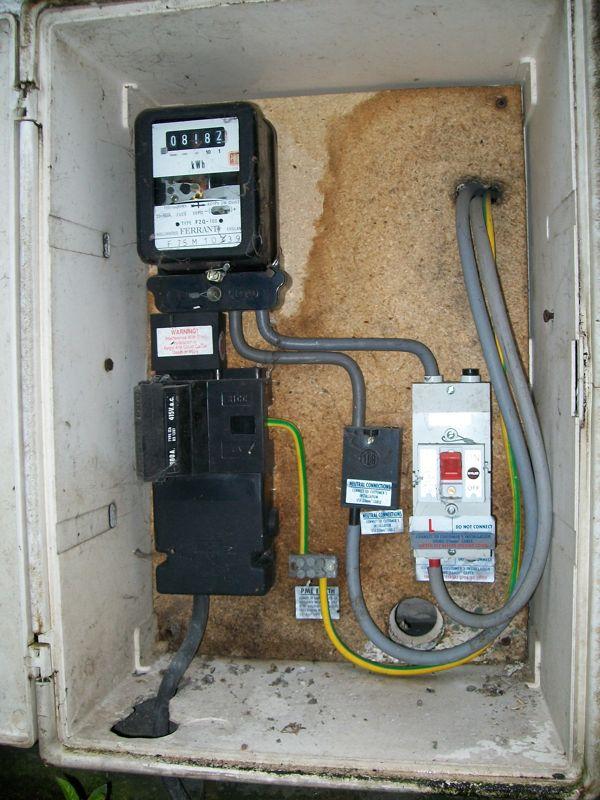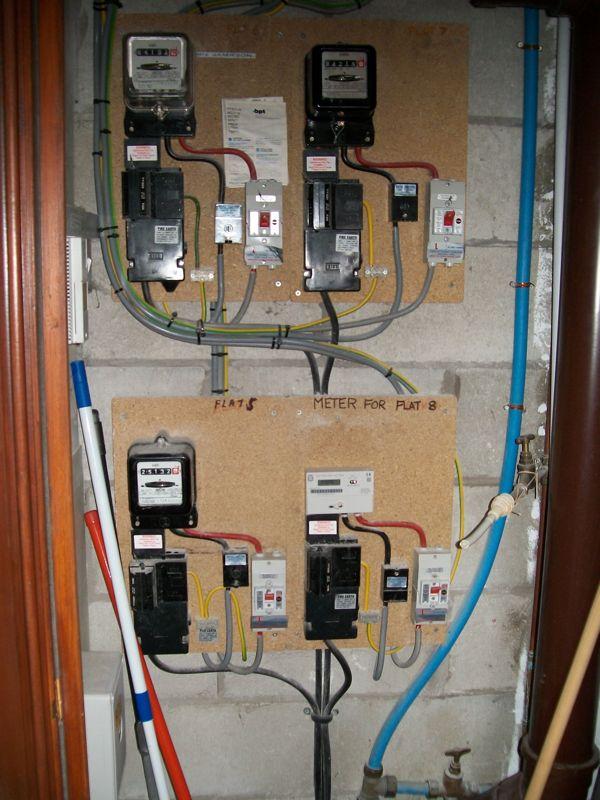You've rather lost me there. Why should a ('sealed') switch between cutout and meter significantly increase the risk of theft of electricity? I suppose it means that those with criminal intent could break the seals (of switch and/or meter) and do their stealing without having to work live - but 'working live' (or pulling your fuses!) doesn't seem to deter that very small minority at present!
Ah, but if it is a sealed switch it could not be used to isolate power to change a CU as that would mean the seal being broken by an electrician who would, in all probability, not be able to reseal it!
Pulling the fuse is not an issue if folk are properly trained and authorised.




